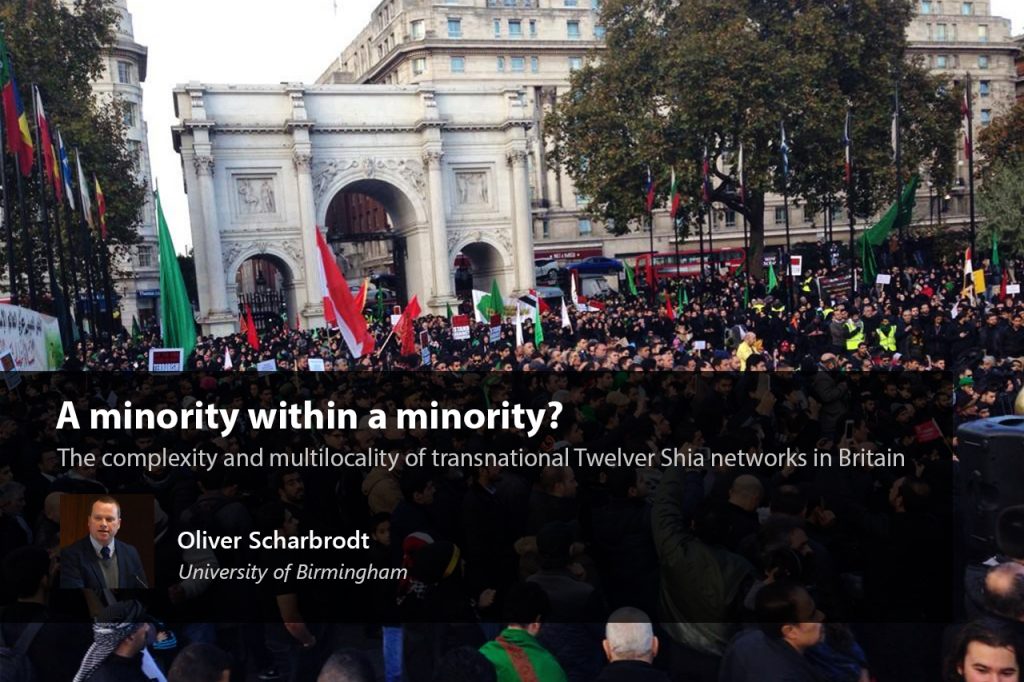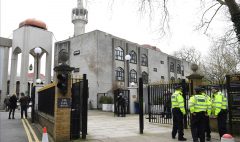A minority within a minority? the complexity and multilocality of transnational Twelver Shia networks in Britain
November 11, 2018 2024-03-18 12:22A minority within a minority? the complexity and multilocality of transnational Twelver Shia networks in Britain

A minority within a minority? the complexity and multilocality of transnational Twelver Shia networks in Britain
Article: “A minority within a minority? the complexity and multilocality of transnational Twelver Shia networks in Britain”
Author: Oliver Scharbrodt, University of Birmingham
Published in: Journal of Contemporary Islam: Dynamics of Muslim Life (2018)
Published Online: November 8, 2018
Publisher: Springer Netherlands
Academic scholarship on Shia Muslim minorities in the West has described them as ‘a minority within a minority’ (Sachedina 1994: 3) or as ‘the other within the other’ (Takim 2009: 143), referring to a certain sense of double-marginalization of Shia Muslims in non-Muslim societal contexts. They need to undertake particular efforts to maintain both an Islamic as well as particular Shia identity in terms of communal activities and practices and public perception and recognition, responding to the rise of Islamophobia more generally and anti-Shia sectarianism more specifically. This article problematizes this notion of a double-marginalization of Shia minorities in the West as too simplistic.
The article investigates the dynamics around the creation of transnational Shia communal spaces in north-west London, the public representation of Shia Muslim identities by networks and organizations based there to illustrate their multilocal connectivities and internal heterogeneity. The article is based on research in the borough of Brent, north-west London, and presents novel insights into Shia spaces in Britain and thereby makes an important contribution to complexifying academic discourse on Muslims in Britain which has focussed on Sunni Muslims almost exclusively.
The ethnographic data is contextualized by providing background information on the historical and social formations of the networks and the centres examined in the article. To analyze the multilocal spatial manifestations and connections of these network, the article utilizes Werbner’s notion of ‘complex diasporas’ (2002, 2004, 2010) and recent contributions to the development of a spatial methodology in Religious Studies (Knott 2005; Vásquez 2010; Tweed 2006; McLoughlin and Zavos 2014). The article thereby constitutes the very first attempt to apply recent contributions on the nature of diasporic religions and their spatial multilocality to the case study of Twelver Shia networks based in London.
![]() Read the full article HERE.
Read the full article HERE.
Source: Springer









